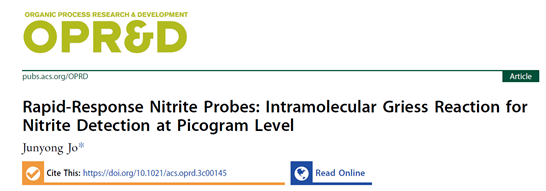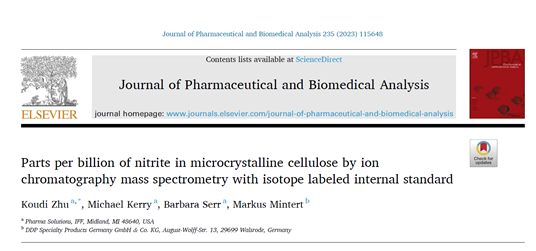In the early phase of the call for review on nitrosamines, a 1 ppm nitrite level was a little bit an ALARP point: many analytical methods to quantify accurately and reliable (cf. also NOx absorption risks) nitrite below 1 ppm were not existing yet and at the same time excipient manufacturing process capability was not optimized often to go that low. Eventually the evolving of testing methods and the improvement of manufacturing processes (fed by the increased understanding on NOx risks as discussed on this forum) makes starting to think in ppb levels of nitrite possible, especially for investigative purposes post-nitrosamine detection rather than routine controls.
Indeed, it is a focus when you need it, not something that is considered standard and very easy to achieve and in step 1 risk assessment (even for a nitroso-API where theoretically the identified amount of nitrite is the limiting reagent) you can still work/calculate with the ppm levels of nitrite as reported to you. If you identify that’s too high to derisk (because other elements contributing to nitrosamine formation risks are also there and the NDSRI is formable under stoichiometric conditions), the state of the art analytical methodologies now offer you the choice to first test the nitrite or first the nitrosamine (whereas before showing a medicine was overall < 1 ppm of nitrite didn’t say too much on its own).
Linked to the quest for low LOD/LOQ reliable nitrite testing methods:
- Zhu 2023
- Junyong 2023
- The Merck 2023 webinar " Managing Nitrite Impurities: A Combined Supplier-Manufacturer View to Nitrosamine Risks"
Managing Nitrite Impurities: A Combined Supplier-Manufacturer View to Nitrosamine Risks - The Lhasa Ltd 2023 webinar How to predict for the formation of NDSRIs
How To Predict For The Formation Of NDSRIs | Lhasa Limited (presentation Dr. Blom)

